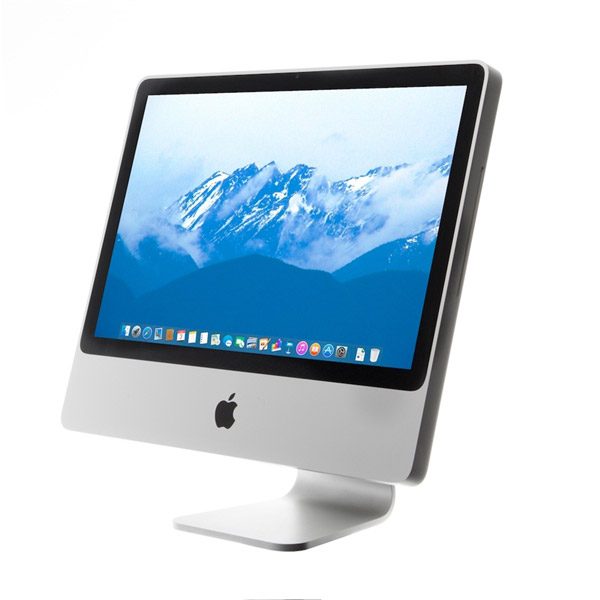

- #MACBOOK PRO CPU UPGRADE 2008 WINDOWS 10#
- #MACBOOK PRO CPU UPGRADE 2008 SOFTWARE#
- #MACBOOK PRO CPU UPGRADE 2008 PLUS#
- #MACBOOK PRO CPU UPGRADE 2008 PROFESSIONAL#
First, it uses the new M versions of the 24- and 28-core W-series Intel Xeon workstation processors which support twice the amount of memory of the similar core-count PCs.
#MACBOOK PRO CPU UPGRADE 2008 WINDOWS 10#
But MacOS generally seems more efficient than Windows 10 because it's not burdened by Windows' more complex compatibility needs.įurthermore, the Mac Pro has two important advantages over most PC workstations for high-end content creation. You can sort of use iMac Pro performance as a proxy, and it's likely that the Mac Pro would deliver better performance with similar components than the iMac Pro because it doesn't face the same cooling constraints.
#MACBOOK PRO CPU UPGRADE 2008 SOFTWARE#
How the competitive price/performance ranking of the configurations compare to each other across software platforms awaits testing. That's not to say everything's perfect on the other side of the fence.
#MACBOOK PRO CPU UPGRADE 2008 PLUS#
One might consider $299 a reasonable price for three-year AppleCare Plus coverage for the Mac Pro, but it grates nonetheless. The base warranty for other workstations can be up to three years.
#MACBOOK PRO CPU UPGRADE 2008 PROFESSIONAL#
An individual buying a $50,000 professional workstation gets the same basic warranty as the person buying a $499 iPad: one year limited. And wouldn't you also like some free cycles for working while it's churning away, anyway? The CPU is socketed, however, so at least you can upgrade that if necessary.įinally, there's the warranty. It only supports a single CPU ( because W series), but high-resolution CGI rendering and video encoding will use up all the cores you can throw at it, as will crunching immense datasets for machine learning. On the flip side, you can't really configure it to the max, either. Apple really needs at least one less expensive, more compact version of the Mac Pro. Or, say, they just need the 28-core processor and a lot of memory but not space for dual GPUs or other PCI cards. A lot of potential Mac Pro fans don't do video editing so don't need the space for the Afterburner card (or don't need to ingest or transcode ProRes, just encode, which Afterburner doesn't accelerate). The system's so big because it's designed to accommodate the needs of the $53,000 users. Plus, there's the one-size-fits-all approach. And despite their closer relationship, Apple doesn't offer AMD CPU options either, which means no 32-core Threadripper 3970X or PCIe 4.0 bus. It also shuts out many content creators whose key software still only supports them. Among other things, that shuts out the ability to use less expensive but fast gaming-grade cards, where Nvidia routinely outperforms AMD. There's also Apple's longstanding rift with Nvidia, which culminated in the deprecation of widely used CUDA and OpenCL APIs, essentially forcing all GPU-intensive software towards Metal and away from alternative low-level acceleration platforms. But Apple's only less expensive alternatives using Intel's Core CPUs are crammed into the MacBook Pro stuck with the new mobile version (thus, slower) of AMD's middle tier graphics or the iMac, with not-upgradeable last-generation graphics. It's expensive partly because it uses a Xeon processor and ECC memory, which isn't essential for a lot of professionals. (Of course, let's celebrate the fact you can always upgrade it yourself!) Note that if you're not already familiar with the vagaries of pro-level AMD Radeon cards, this probably isn't the computer for you. Apple hasn't released pricing for the 5700-series card, but existing prices for the un-Appleified version it's based on it should run to somewhere between $300 and $500. So you may want to wait until the Radeon Pro W5700X options become available - if you just want current graphics, bumping one step up to the Radeon Pro Vega II to the tune of $2,400 is kind of silly.

You should definitely think about upping to 1TB for $400.Īnd in a system like this, the Radeon Pro 580X, with its two-generations-old architecture, is essentially the equivalent of integrated graphics. That size drive can hold a handful of pro graphics applications, but that's probably about it. On the low end, $6,000 is a lot to pay for an entry-level model, especially with a 256GB SSD and AMD Radeon Pro 580X. But Apple's one-size-fits-all approach poses drawbacks.


 0 kommentar(er)
0 kommentar(er)
